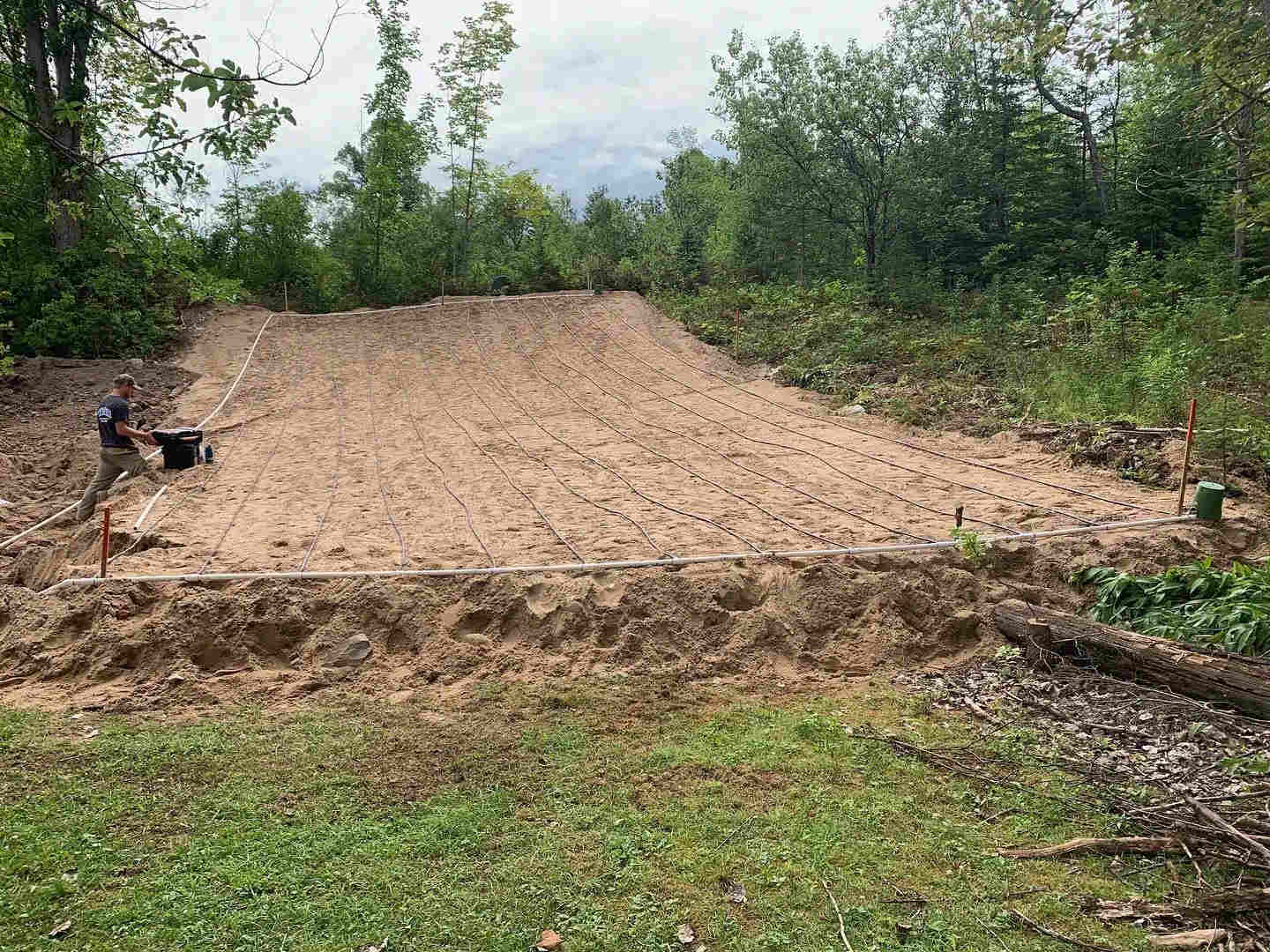Thousands of years ago, the soil could naturally treat all the waste humans generated, but now with billions of people on the planet, this is no longer possible. However, soil still plays a critical role in cleaning up after us. Over a century ago, the septic tank was invented to separate liquid waste from solids, but the soil’s final destination remains.
Soil comprises trillions of sand grains with a slight charge, which pulls the liquid through them via capillary flow. This flow allows trillions of bacteria to coat the grains and use oxygen to digest organic matter and purify waste. Soil particles also filter to keep pathogenic bacteria and viruses from our well water.
Initially, septic tanks drained into simple pits in the ground, but over time, we realized these would clog due to slimy mucus in septic waste that coated the soil. An elongated trough shape with a perforated pipe over a bed of drain rock was found to create more soil surface area for the liquid waste to drain. The rocks allow bacteria to colonize and digest waste, and the spaces between them give the liquid time to soak into the surrounding soil before the next load comes in.
Septic waste is full of dissolved organic matter, including mucus. Mucus is sticky and can clog the gaps in the soil grains, leading to leachfield failure. Several years ago, a company created a plastic chamber system with louvers to allow liquid to enter the soil. The design makes a large volume for liquid storage and is light and easy to install. However, claims that this technology could reduce the leaching system’s footprint needed to be more credible.
One of the arguments against using drain rock in the trench is that it blinds the soil absorption surface, but this is not true. The water flows around the rock and gets absorbed by the soil, and the bottom of any leach trench is usually sealed off by mucus in septic effluent in the first couple of years. The chambers are empty, so the soil at the bottom is exposed to stirring by the applied water, which mobilizes the fine particles and creates a seal at the soil’s surface.
Gophers can also be a problem in California, where they can fill an entire leachfield with soil. Sonoma County requires at least 6” of drain rock in a chamber system to combat this.
While the chamber systems do work, they should not get special credit. If they are half the size they need, they may require remediation with a SludgeHammer. Luckily, this method does work. Remember, it’s essential to properly maintain and care for your septic system to avoid any potential problems down the line.

